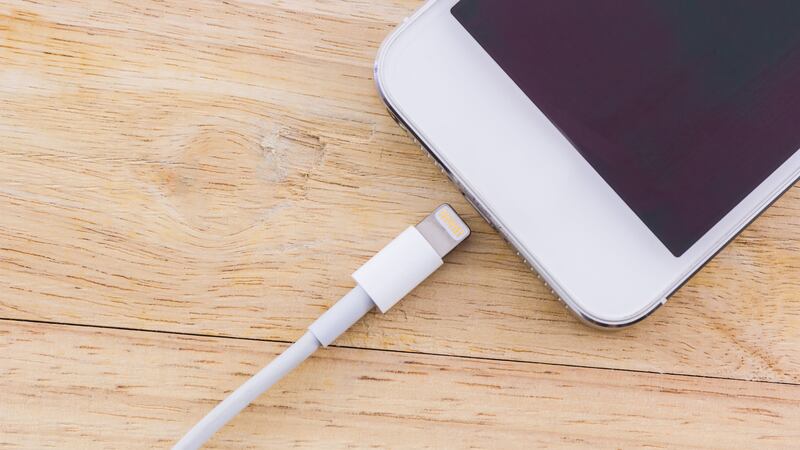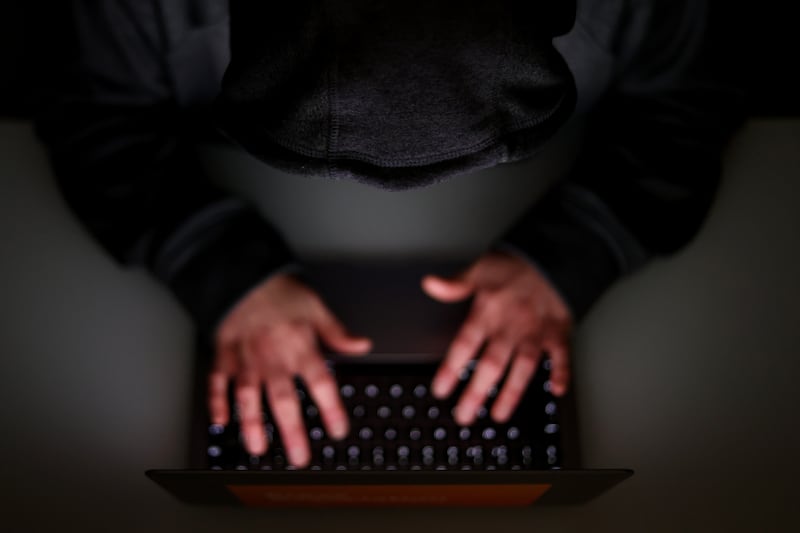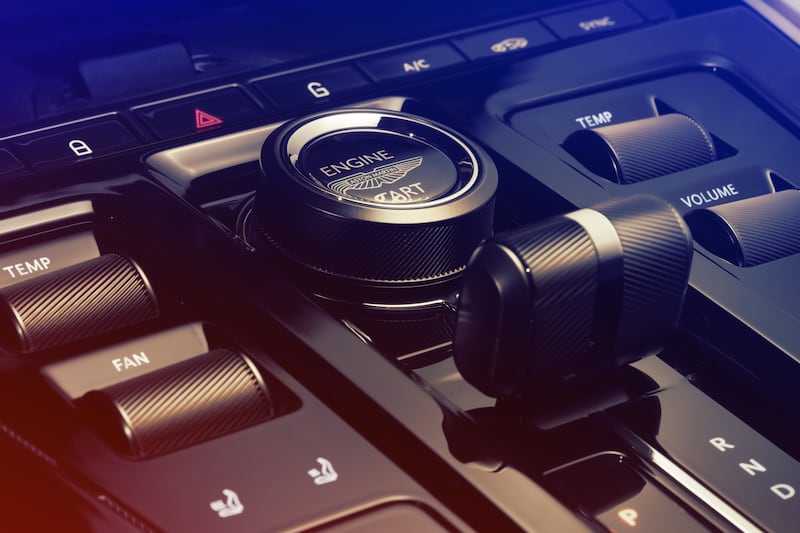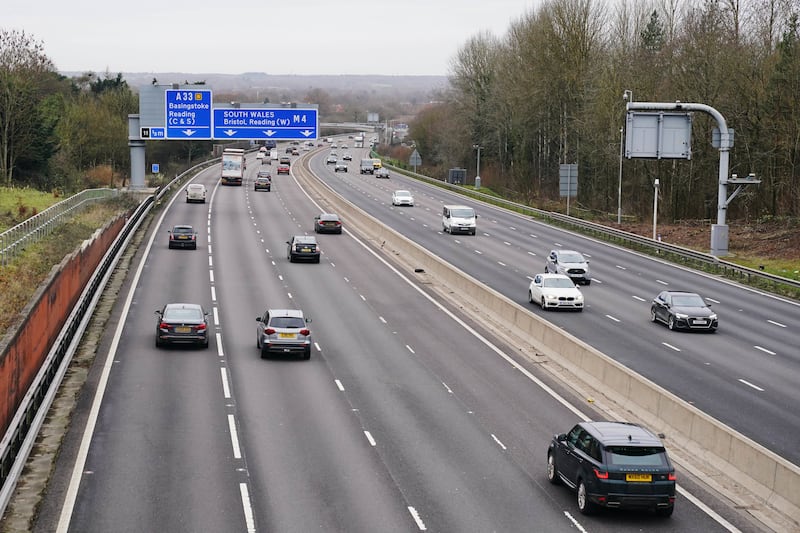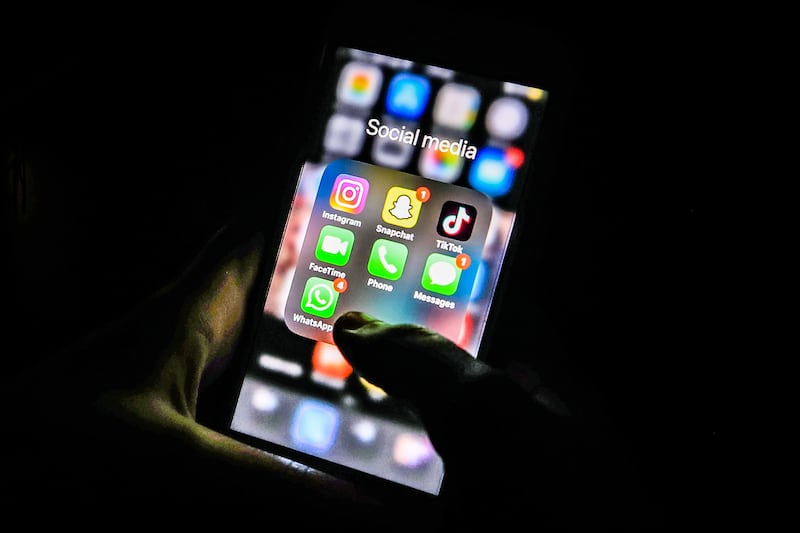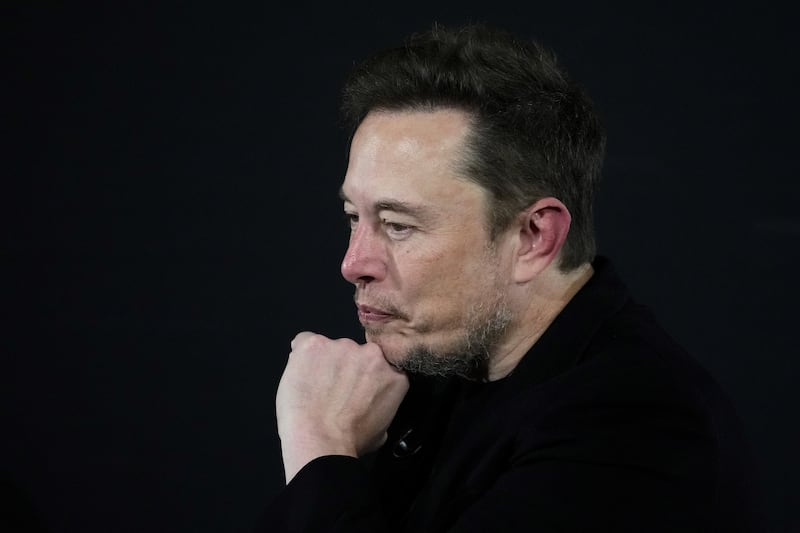Apple has warned that EU proposals forcing it to stop using its own Lightning cable risks “creating an unprecedented volume of electronic waste”.
The European Parliament recently discussed the possibility of making smartphone makers adopt a common charging port, but Apple argues this could have a negative impact and “stifles innovation”.
“More than one billion Apple devices have shipped using a Lightning connector, in addition to an entire ecosystem of accessory and device manufacturers who use Lightning to serve our collective customers,” a spokesman said.
“Legislation would have a direct negative impact by disrupting the hundreds of millions of active devices and accessories used by our European customers and even more Apple customers worldwide, creating an unprecedented volume of electronic waste and greatly inconveniencing users.”
They continued: “We believe regulation that forces conformity across the type of connector built into all smartphones stifles innovation rather than encouraging it, and would harm consumers in Europe and the economy as a whole.”
According to estimates, old chargers generate more than 51,000 tonnes of electronic waste per year.
MEPs are calling for binding measures for chargers to fit all mobile phones and other portable devices.
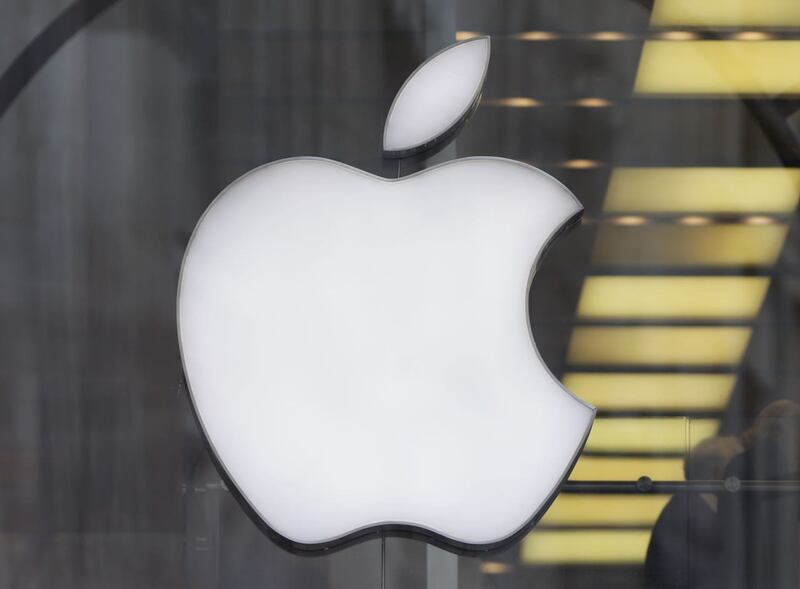
In 2009, a voluntary pledge was signed by the likes of Apple, Nokia and Samsung to make chargers compatible with the micro-USB standard.
While many went on to adopt micro-USB, Apple went ahead with its own Lightning port in 2012 and sold a micro-USB adaptor instead.
Some smartphone makers have now evolved to USB-C, which charges devices faster than the old micro-USB.
Apple also moved to USB-C on the iPad Pro tablet, as well as MacBook laptops.
“We do not believe there is a case for regulation given the industry is already moving to the use of USB Type-C through a connector or cable assembly,” Apple continued.
“This includes Apple’s USB-C power adapter which is compatible with all iPhone and iPad devices.
“This approach is more affordable and convenient for consumers, enables charging for a wide range of portable electronic products, encourages people to re-use their charger and allows for innovation.”
